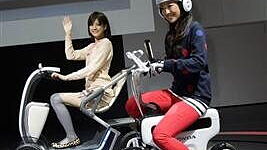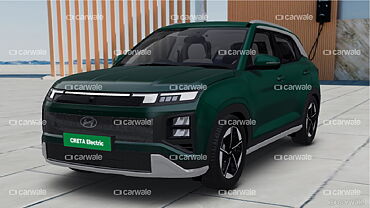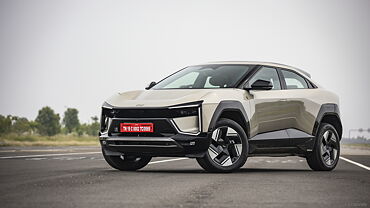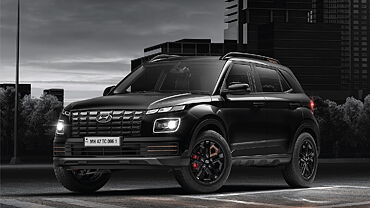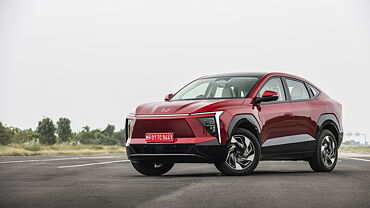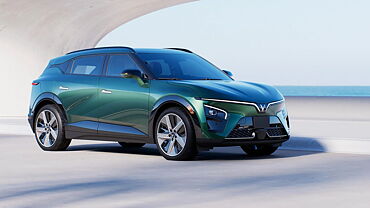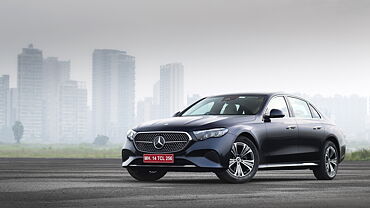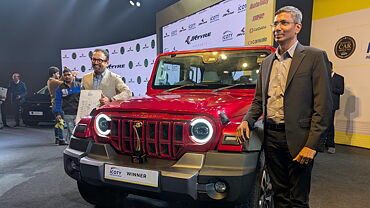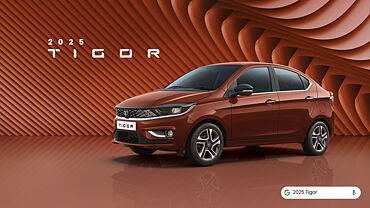Tokyo Motor Show for starters is one of the smaller, globally recognised motor shows. It’s not small for the lack of participation, but the carpet area covered. Having said that, it still remains the avenue to showcase new technologies. And this year was no different.
The focus this time round clearly was on urban mobility besides what is now mandatory of sorts, alternative propulsion. For the former, there were personal mobility solutions galore from tiny single occupant vehicles like the Toyota i-Real to full blown cars like the Toyota Prius PHV. Wondering why we chose to mention only Toyota? Well, for the simple reason it had the most diverse and elaborate spread in this category.
Toyota
As we mentioned Toyota had an elaborate presence at the show occupying almost two halls along with Daihatsu. The show marked the debut of five vehicles from Toyota some concepts while some set for sale.
FUN-Vii - Fun-Vii, a concept that sees how people, cars and society will integrate in the near future is a vehicle that relies heavily on the internet. It party piece was its ability to display images clicked by a smart phone on its exterior panels.
FT-EV II – Based on the iQ, this electric concept designed for short in city commute is production ready and should be on sale any time now. It uses lithium-ion batteries and according to Toyota has a range of upto 105km on a full charge.
Aqua – Aqua is a production car that uses hybrid technology. It uses a 1.5-litre petrol engine along with an electric motor. It’s also a reasonably large car for a hatchback promising good passenger and luggage space.
FCV-R – The FCV, as its name suggests, runs fuel cell tech. But, like the Fun-Vii, the FCV isn’t very close to production either. According to Toyota a car based on this concept should hit roads sometime in 2015. The idea behind the FCV is to use more fuel cell stacks to give it a range of almost 700km.
Prius PHV – The car that will find most acceptance and is already set for sale of all models showcased by Toyota has to be the Prius PHV. The PHV is a plug in hybrid that uses electric power for short commute and switches to a conventional engine for long distance travel. The car is expected to increase Toyota’s hybrid sales both in Japan and in Europe in 2012 significantly.
GT 86 – On the fun side of things, Toyota also launched its mid-sized, rear wheel drive sportscar, the GT 86 at Tokyo. The car uses a 197bhp, 2-litre petrol engine and takes about seven seconds to complete the 0-100kmph sprint. It’s also quite light and agile and very controllable making it a truly fun to drive car. We say this after we had a short drive in the car.
Honda
Honda too had a large display helped of course by its motorcycle range. Among cars there were models specifically for the Japanese market like the N range of cars and of course, some for global consumption as well.
AC-X – The AC-X is a plug-in hybrid that can run for about 50km on battery power alone. It works in unison with a conventional 1.6-litre petrol engine. The other highlight of the AC-X is its ability to run all maneuvering systems by itself. So all the driver has to do is to set it on auto pilot and lay back.
Micro Commuter Concept – A three seater concept that looks straight out of a Sci-fi flick, the Micro Commuter Concept is an all electric vehicle that can run for about 60km on a full charge. It only measures 2.5 metres in length and 1.25 metres in width making it ideal for tight city confines, particularly when it comes to parking.
EV-Ster –Honda also revealed the EV-Ster, an open top sportscar powered by electricity. EV-Ster is also important for another reason; it showcases the new design philosophy Honda intends adopting for its future cars.
Suzuki
Suzuki might be the biggest carmaker here in India, but at the Tokyo Motor Show, it was clearly overshadowed by its counterparts Toyota and Honda. Besides motorcycles, Suzuki had a small car concept, a personal mobility idea and a hybrid version of the Swift besides Japanese market specific cars.
Regina – Taking centre stage in striking green hue at Suzuki’s stall was the Regina. It is a technological showcase of all fuel saving developments Suzuki has mustered. The Regina which boasts of a fuel economy of 32kmpl, only weighs 730kg and comes with regenerative braking, start-stop tech and a direct injection and turbocharged petrol engine.
Q-concept – Much like Honda’s Micro Commuter concept, the Q-concept too tries to bridge the gap between motorcycles and cars. It promises ease of driving in congested areas like motorcycles but with the convenience of cars. It measures 2.5m and is 1.3m wide. It can seat two people.
Swift EV hybrid – Based on the new Swift, the EV hybrid concept promises to run about 30km on electric power alone on a full charge. It also comes with a 660cc petrol engine. However, the engine is only used to power the batteries rather than drive the car directly which in turn means one doesn’t need to stop even with the battery running low; that is after 30km.
